GETTING BACK TO NATURE
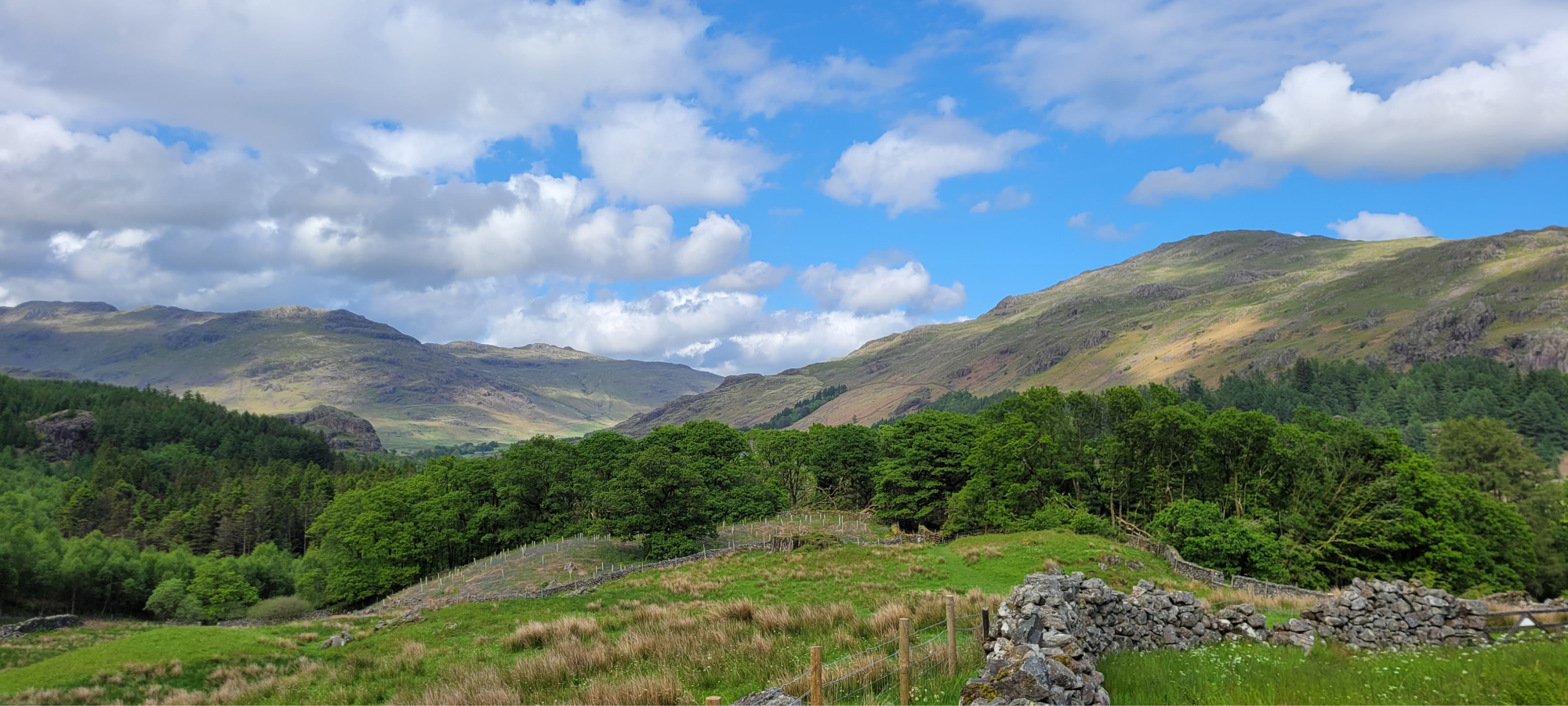
The UK is one of the most nature-depleted nations in the world. Agriculture, infrastructure and urbanisation have each forced nature to the margins. Even in our National Parks, birds and mammals, insects and plant life have all seen habitats destroyed.
Now researchers at the University, supported by volunteers, charities and individual donations, is working to restore plant and animal life to some of the most beautiful regions of the north of England.
“Most of our countryside is managed for agriculture and food production,” says Dr Cat Scott of the School of Earth and Environment. “We haven’t managed it nearly so well for nature and biodiversity. Many species have been lost.”
A new project, The Alliance for Northern Nature, led by the University, is creating and reviving heathlands, woodlands and peatlands and encouraging wildlife to return. By combining practical action with research, we will show how – after a helping hand from humans – regeneration continues naturally, making a significant contribution to biodiversity and improving resilience to climate change.
This isn’t about nature versus agriculture. The two need to go hand-in-hand, and we’re working closely with farmers and landowners to do things which are beneficial for nature, people and our climate.
One thing we are keen to facilitate is connectedness, both of geography and of people,” says Dr Scott. “Once habitats become depleted or destroyed, species can become fragmented or isolated, and unable to move to neighbouring areas where they might thrive. By connecting these habitats, plant and animal life can return. At the same time we’re keen to connect people from different groups – landowners, farmers, researchers, schools and communities – with each other and the land.”
“In parts of the Dales and the Lake District, the land is maintained by intensive sheep grazing,” says Professor Dominick Spracklen of the School of Earth and Environment. “There are now twice as many sheep as there were before agricultural intensification, so other than grass, not much else can grow. We want to try and help nature recover in balance with farming.”
Volunteers are playing a practical conservation role in the project through tree planting and dry-stone walling as well as mapping and monitoring these changing habitats. “By exploring what works best, we can share learning that can be applied in other parts of the country,” says Dr Scott.
Discover more about the Alliance For Northern Nature project.
The Alliance for Northern Nature brings together a number of projects from the Lake District, through the Yorkshire Dales, to the suburbs of Leeds:
Upper Duddon Landscape Recovery
Farmers, landowners and environmental organisations have formed a partnership to improve soil and water quality and reverse the decline in nature in Cumbria’s upper Duddon Valley, the traditional boundary between the old counties of Lancashire and Cumberland.
This 20-year scheme will provide a sustainable future for small farms, restore native woodland, pasture, heath, scrub and peat bogs to nearly 3,000 hectares of the valley and re-introduce rare native flora and fauna such as water voles, globeflowers, tree pipits and pine marten.
Restoring Hardknott Forest
In the 1930s, despite local opposition, 600 hectares of non-native conifers were planted at Hardknott Forest, near the head of the Duddon Valley. Now these are being harvested for timber, the University, Forestry England and local organisations have been working for nearly 20 years to restore the plantation to native oak and birch woodland, bogs and open ground. The project has already seen the return of birds and mammals.
The new woodlands will also help the landscape be more resilient in a warmer climate. Our researchers have installed temperature monitors across the site; in summer heatwaves it can be more the 5°C cooler under trees and woodlands, providing a crucial respite for wildlife and livestock.
Once complete, the project will create the largest semi-natural woodland in the Lake District, connecting Hardknott's million trees with the existing Duddon Valley Woodlands, forests of ancient oak which snake down the valley to the Irish Sea.
Wild Ingleborough
Launched in summer 2021, Wild Ingleborough is creating a wilder future for one of Yorkshire’s famous three peaks.
Across the Dales, native woodland and natural habitat are restricted to isolated fragments. Working with local communities, the project is restoring land from the valley floor to the mountain top, reconnecting patches of habitat to allow wildlife to move freely and thrive. Building on decades of work by Yorkshire Wildlife Trust and Natural England, the project will aid nature’s recovery across 1,200 hectares of this remote and beautiful upland landscape.
Snaizeholme
Close to Ribblehead Viaduct in the Yorkshire Dales National Park, Snaizeholme is a complex habitat restoration and nature recovery project.
Here, 291 hectares of native trees are being planted by the Woodland Trust, providing a wildlife haven for rare species including red squirrel and black grouse. The University’s research will monitor how the woodland can help communities adapt to the impacts of climate change. This includes increasing our understanding of how trees can reduce flooding risk, improve water quality, capture carbon, and provide vital habitats for nature recovery.
Gair Wood
Just north of Leeds, and with the support of an army of volunteers, the University has begun creating a brand new woodland. The 36-hectare Gair Wood will be a mix of scrubland, open space and more than 60,000 broadleaf trees such as oak, hazel, and willow. It is named after University Secretary Roger Gair, who retired in 2021 after more than 40 years at the University of Leeds. Roger planted the first tree at Gair Wood in December 2022.
Acting as a living laboratory, the wood will become a national centre of excellence for research into woodland creation. As well as tree planting, an area has been left to assess how successfully trees can regenerate naturally. Gair Wood will allow students, researchers and the local community to visit and explore how woodland creation affects biodiversity, people and climate.

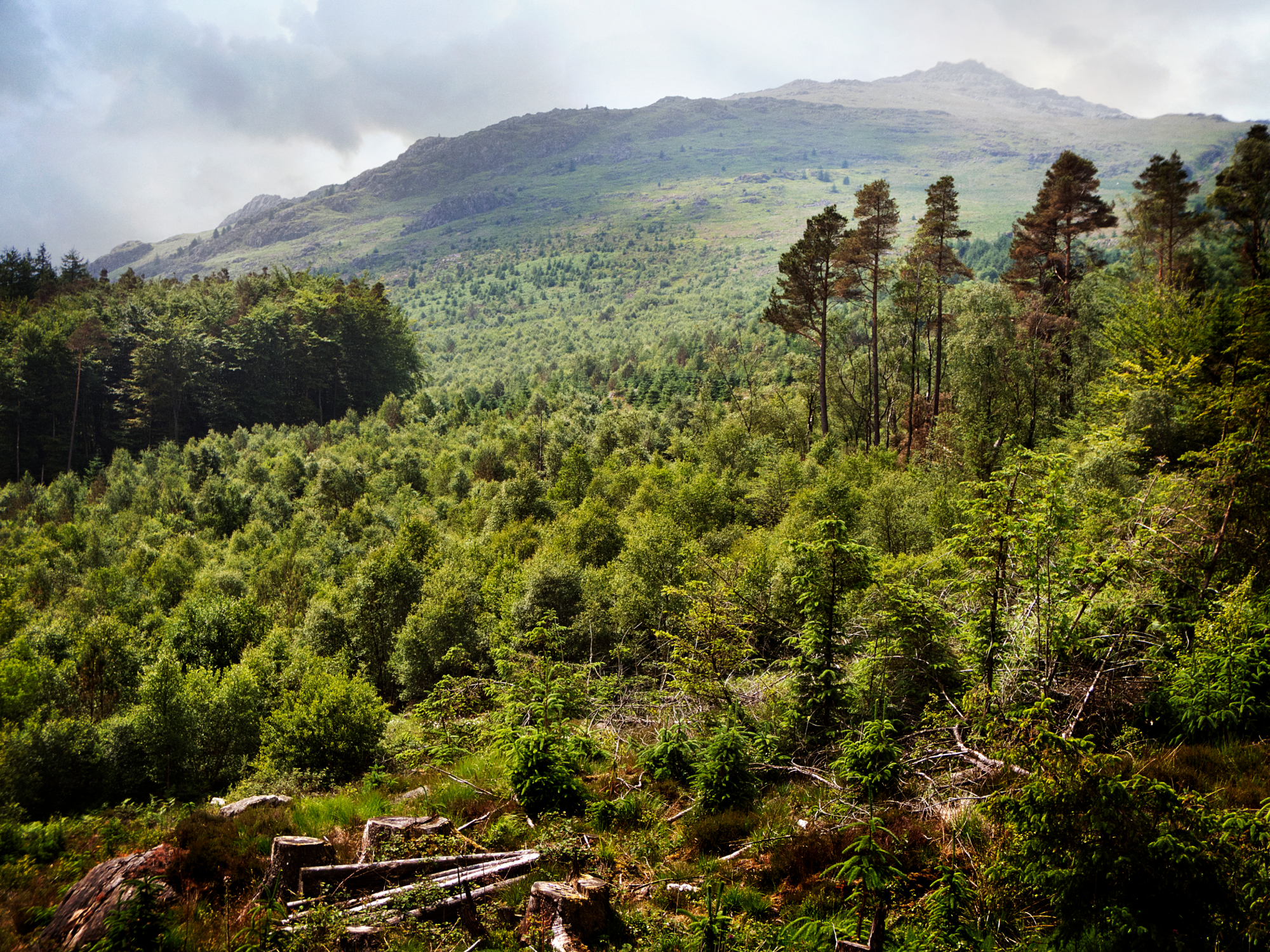
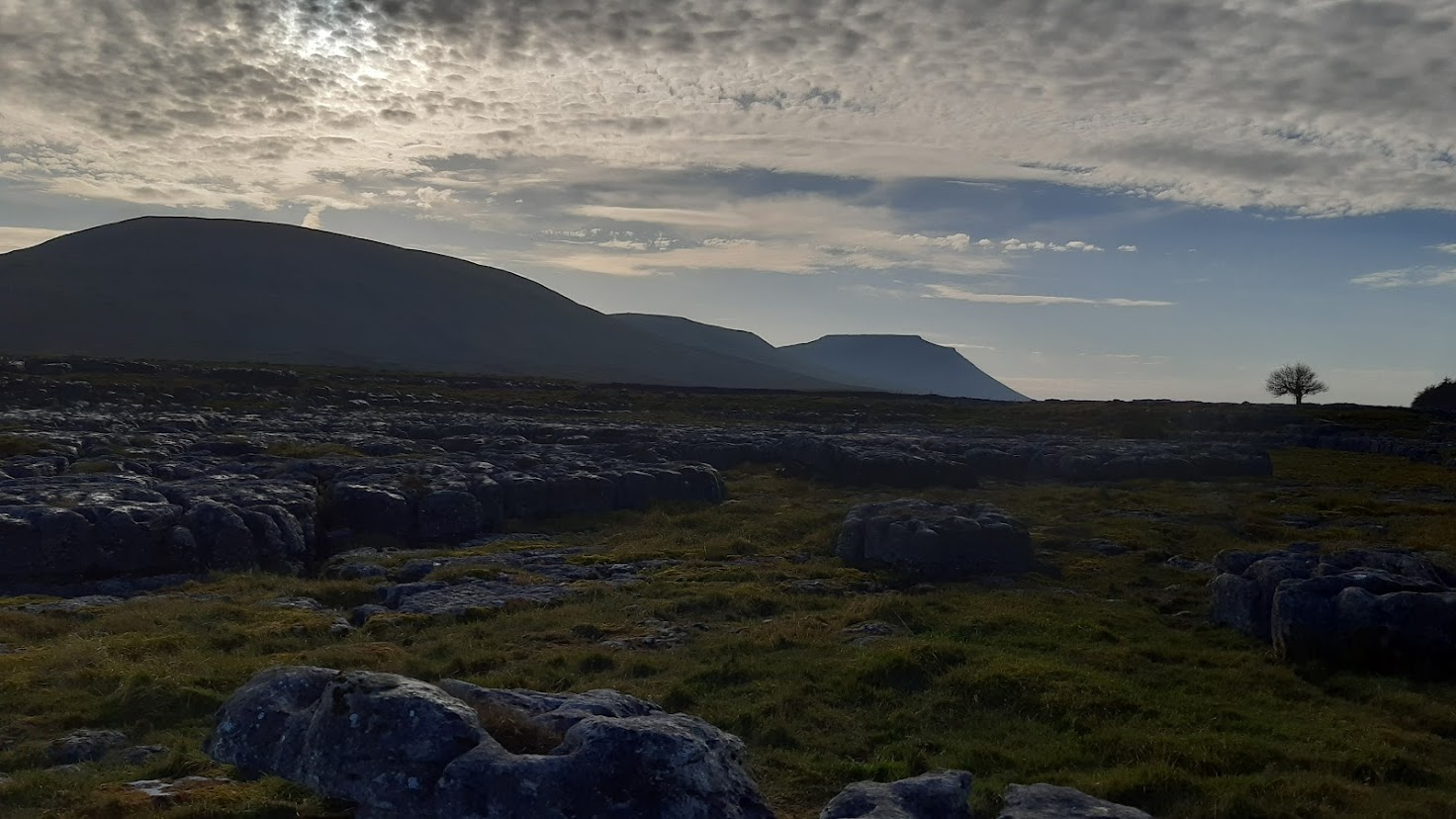
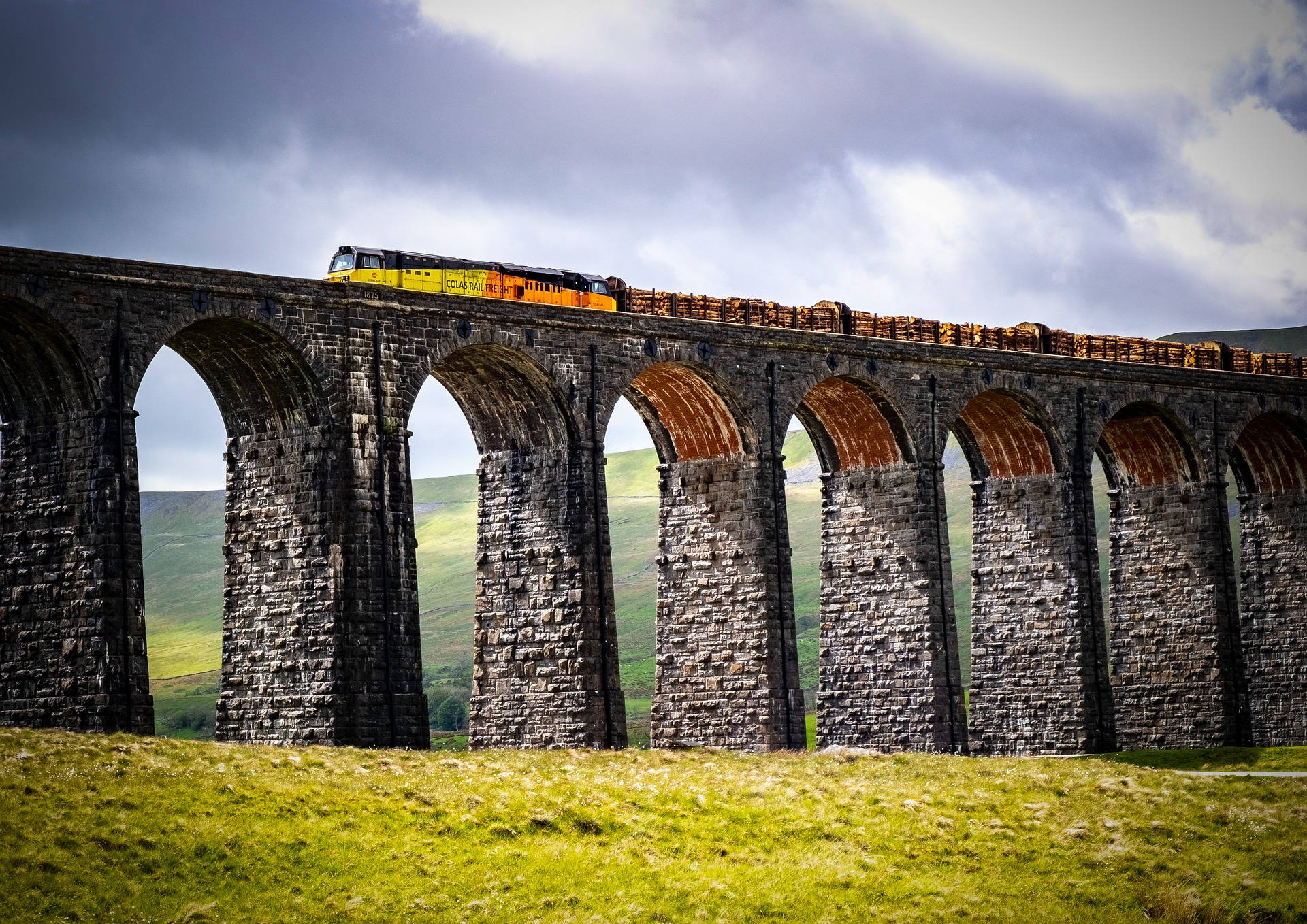
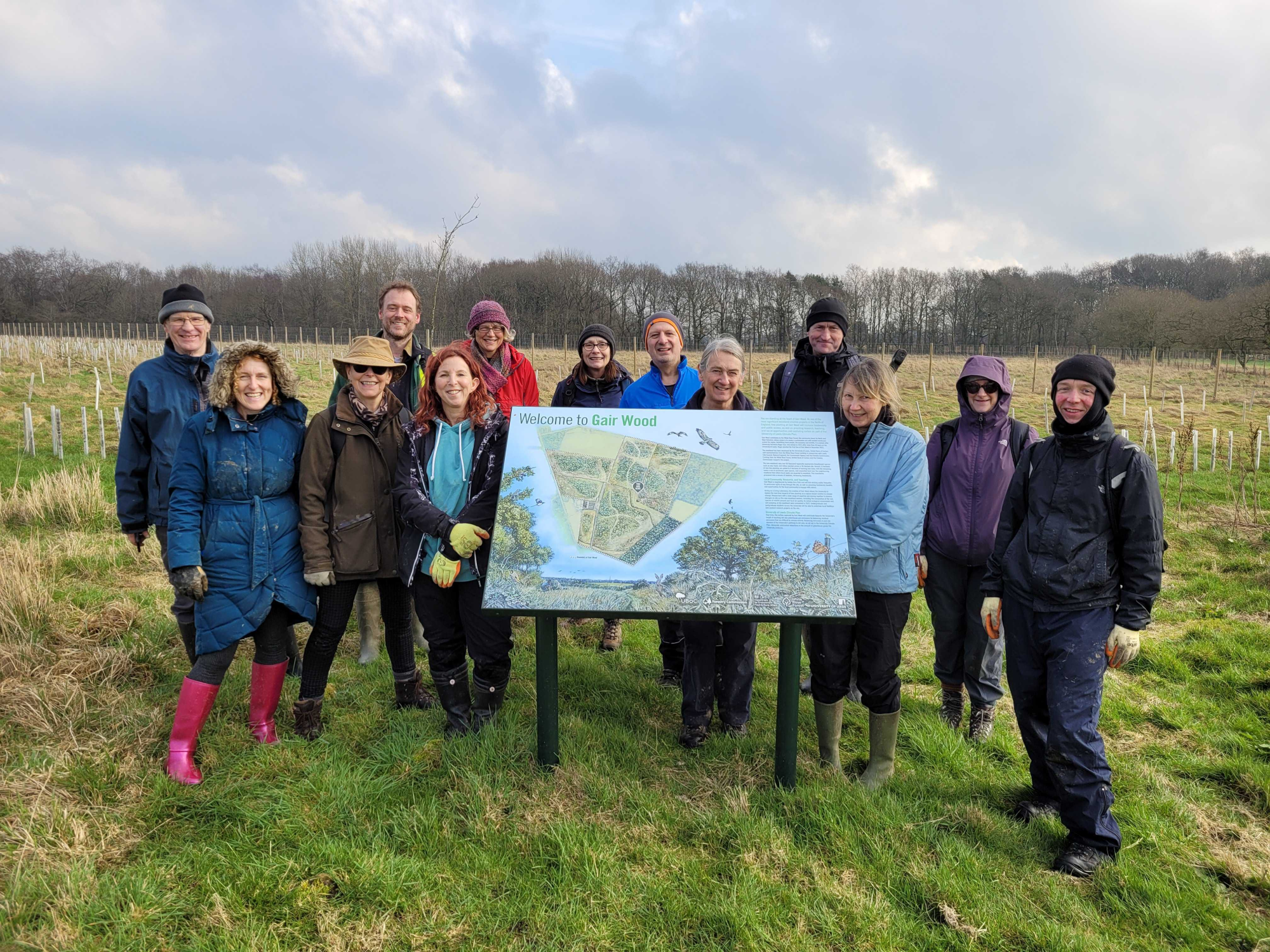
Thank you
The University is grateful for the support and collaboration of the United Bank of Carbon, White Rose Forest, Natural Environment Research Council, Yorkshire Wildlife Trust, Natural England, World Wildlife Fund, Woodland Trust, National Trust, Forestry England, University of Cumbria, University of York, South Cumbria Rivers Trust, Leeds Beckett University, Forest Research, Leeds City Council, Department for Environment, Food and Rural Affairs, the Forestry Commission, the European Outdoor Conservation Association, the North Face, the Green Recovery Challenge Fund, Copeland Community Fund, Peter Sowerby Foundation, Duncan and Jaynie Ford and many other individual donors and volunteers.
Get involved
There are opportunities to join our re-wilding efforts on Wild Ingleborough, in the Hardknott Forest and at Gair Wood. If you would like to get involved, please contact us at alumnivolunteers@leeds.ac.uk